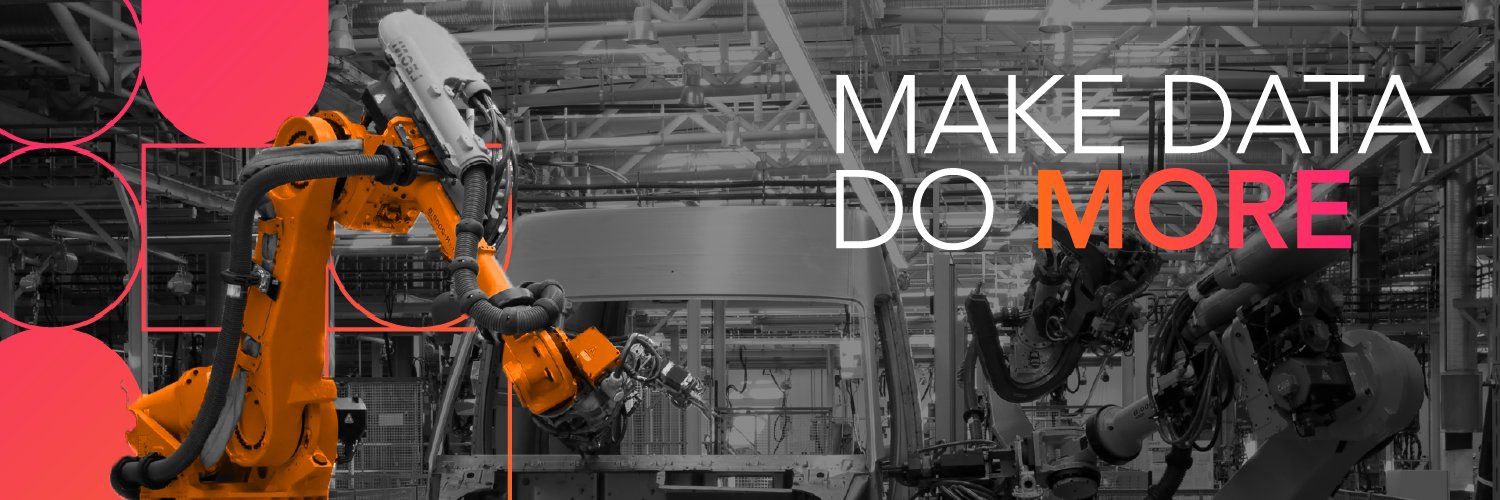Cognite aims to deliver hydraulic lift for asset-heavy industries
Industrial AI company Cognite used its Impact 2025 conference to explain where the growth patterns now sit within the Cognite Industrial AI and Data Platform.
A new integration with GPU manufacturer Nvidia for accelerated computing is hoped to enable new levels of efficiency and data intelligence in asset-heavy industries.
The company’s first “high-impact use case” in this space focuses on real-time anomaly detection in time series data. A joint effort with Celanese (a speciality materials and chemicals company) aims to enhance the speed, scale and accuracy of identifying critical anomalies in vast streams of industrial time series data.
The goal is to enable proactive intervention to help prevent operational disruptions.
Immense, noisy, continuous flow
Industrial operations generate an immense, continuous flow of sensor readings and equipment performance metrics. These readings are often noisy, complex and lack context (essential background information and relationships), making it challenging to separate the predictable signal from random noise.
 Cognite says it provides this context with Cognite Atlas AI, a low-code industrial AI workbench that delivers agents that use real-time, AI-ready operational technology (OT), information technology (IT), and engineering data from Cognite Data Fusion via a unified AI and data platform.
Cognite says it provides this context with Cognite Atlas AI, a low-code industrial AI workbench that delivers agents that use real-time, AI-ready operational technology (OT), information technology (IT), and engineering data from Cognite Data Fusion via a unified AI and data platform.
Platform specialists at Cognite insist that this makes it faster and easier for industrial organisations to build and extend agents into their existing maintenance workflows, while ensuring that these agents deliver accurate, traceable, and trustworthy results
Complex industrial data streams
These capabilities are strengthened with NV-Tesseract – a foundation model family developed by Nvidia for time-series analysis, purpose-built to process and extract analysis from complex industrial data streams.
“As a modular, transformer-based foundation model, NV-Tesseract delivers high accuracy in anomaly detection, forecasting, and classification, even in noisy or fast-shifting environments. By capturing long-range temporal patterns and adapting to changing scenarios, it enables scalable, trustworthy analytics across demanding industrial applications,” stated the company in a technical briefing document.
With Cognite Atlas AI agents built on Nvidia accelerated computing, users will be able to forecast future operational states and predict potential failures in near real-time across thousands of sensors, even in high-velocity data streams. This allows industrial companies to move from reactive maintenance to proactive intervention, preventing failures before they occur.
“The true potential of Industrial AI hinges on both deep operational context and revolutionary compute power. Cognite’s open ecosystem is designed for visionary partners like Nvidia to meet this demand,” said Girish Rishi, chief executive officer at Cognite. “Together, we’re fundamentally transforming how industrial AI models are built, iterated, and deployed. Our immediate focus on real-time anomaly detection showcases how Nvidia and Cognite are poised to deliver intelligent, cost-effective, and performant solutions for this new era of AI.”
Rishi talks of his firm’s ability to now offer rapid AI model development and capabilities that will allow it to build accurate predictive models, which is an iterative process of training, testing and refining.
Re-aligning engineering & data science
Nvidia’s accelerated computing and software will allow for more training simulations and iterations in a shorter timeframe, enabling faster model retraining and increased accuracy of Cognite Atlas AI agents while reducing false positives.
In summary, Cognite says that achieving superior anomaly detection results with less overall compute power translates directly into operational cost reductions and also frees up engineering and data science resources, allowing them to focus on higher-value tasks, like root cause analysis and strategic optimisation, rather than spending time on manual data analysis or lengthy model training cycles.




